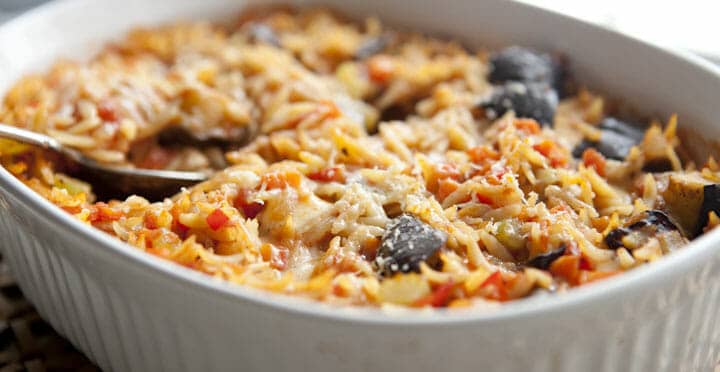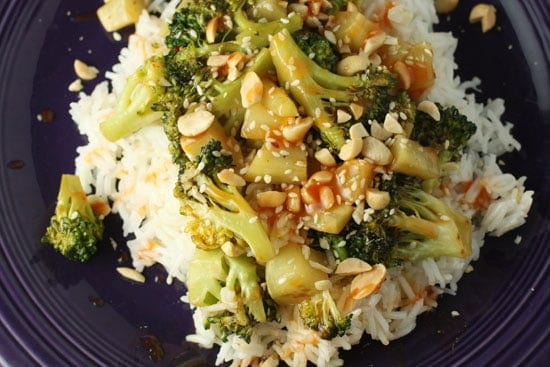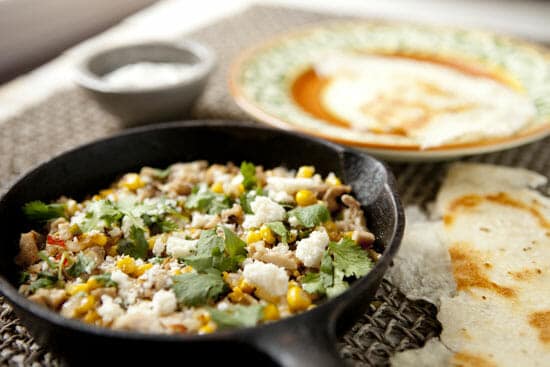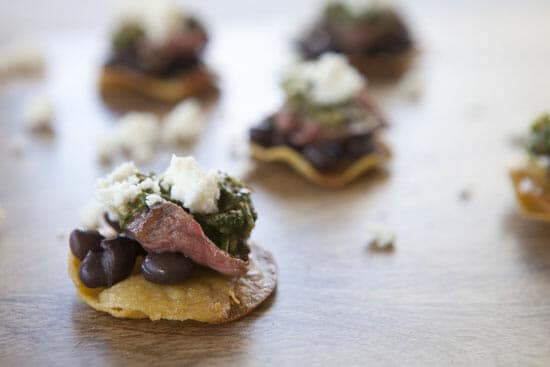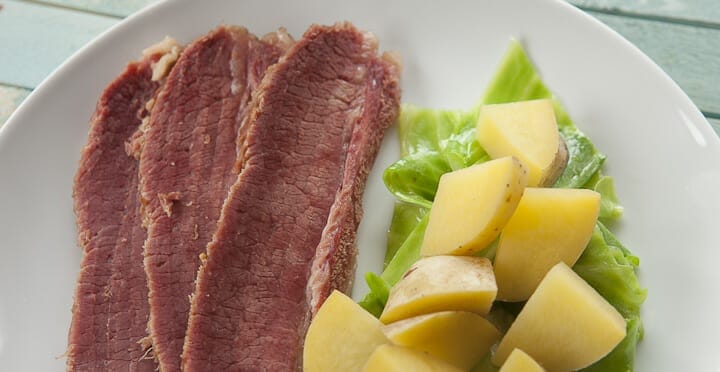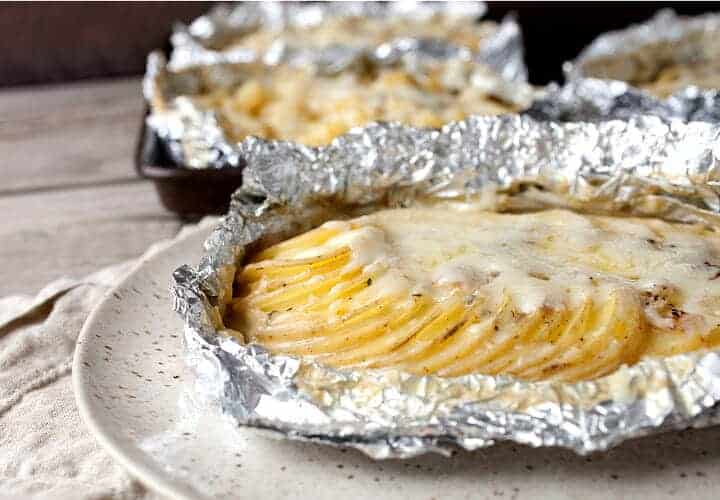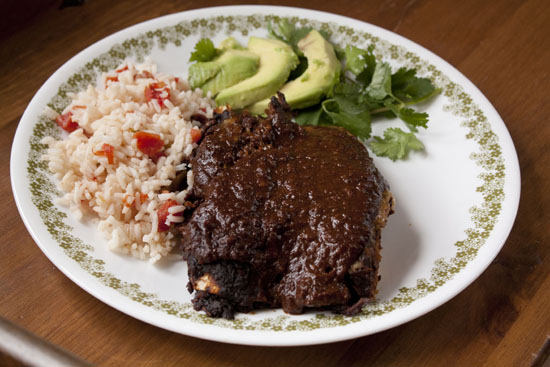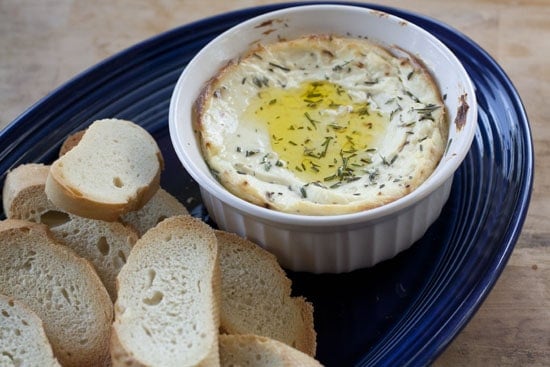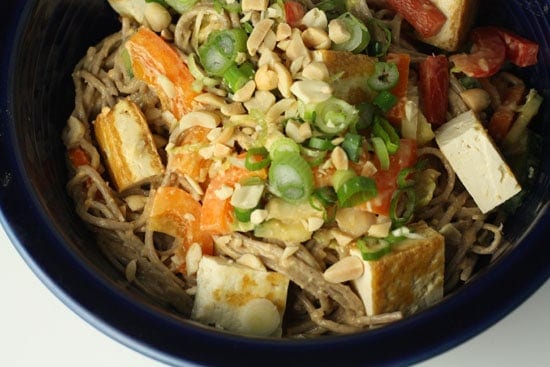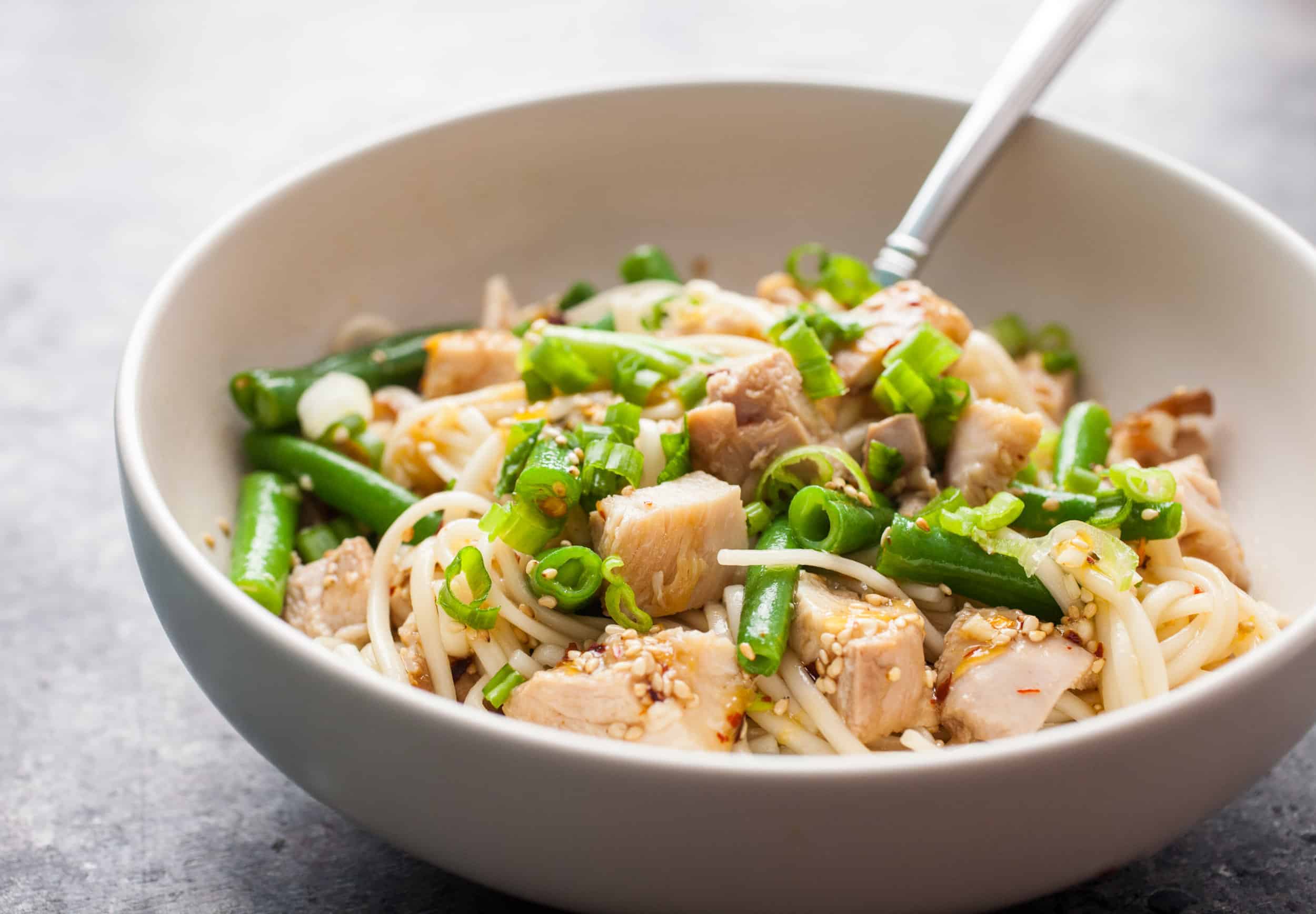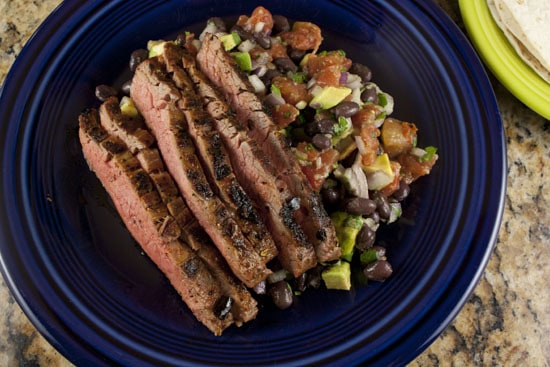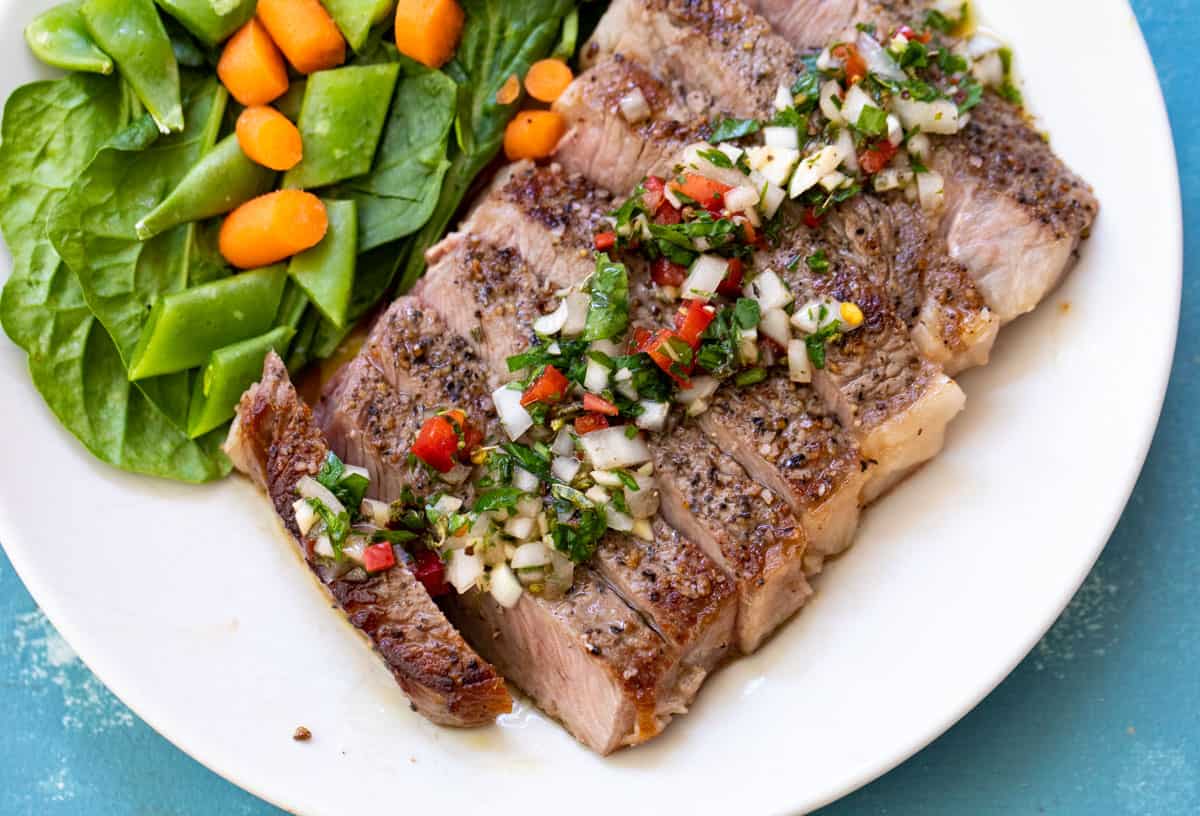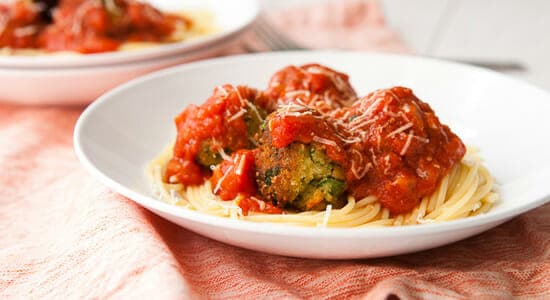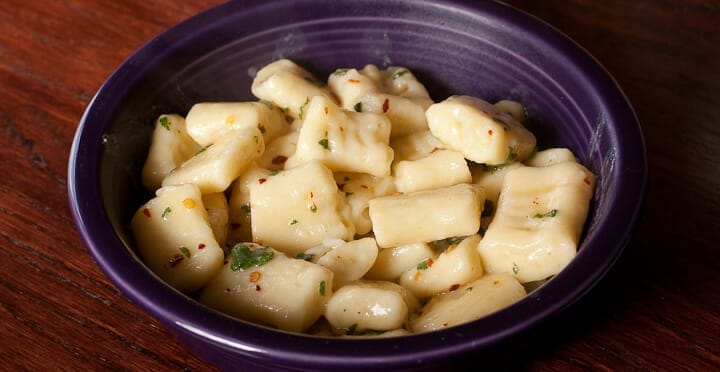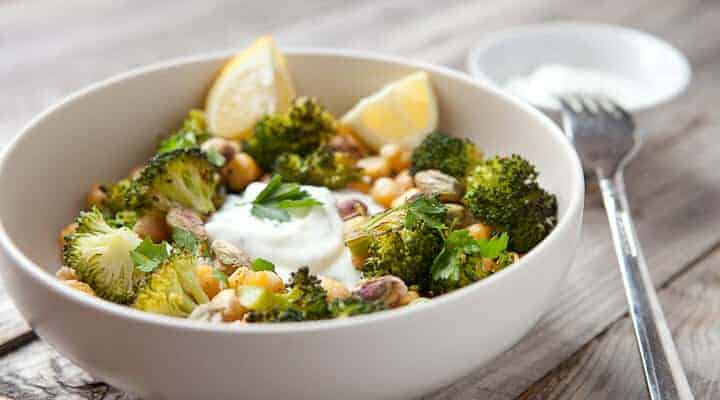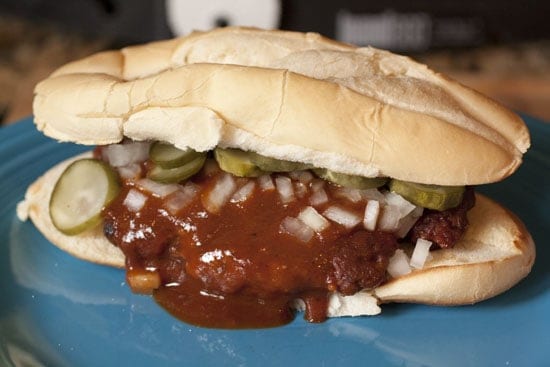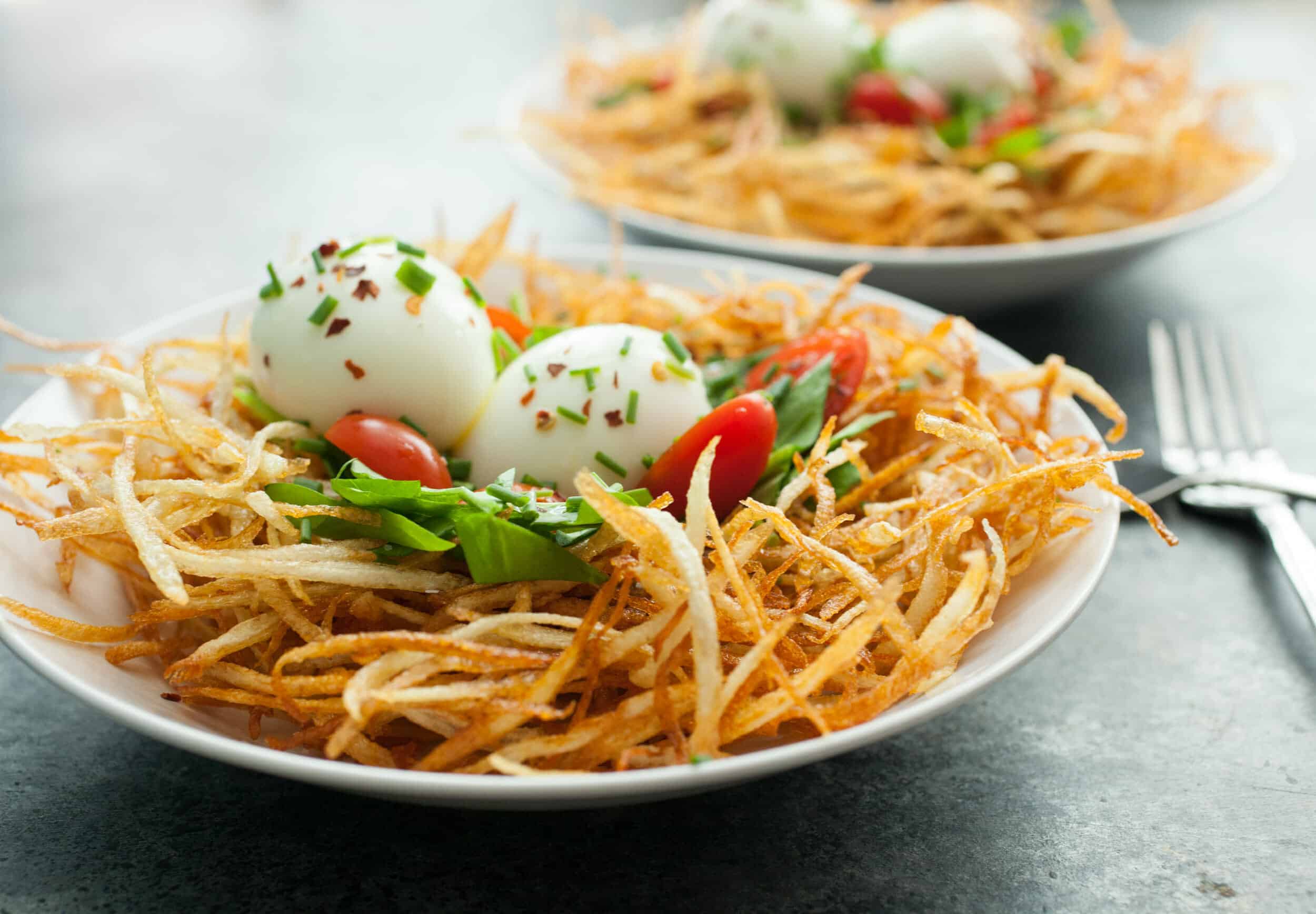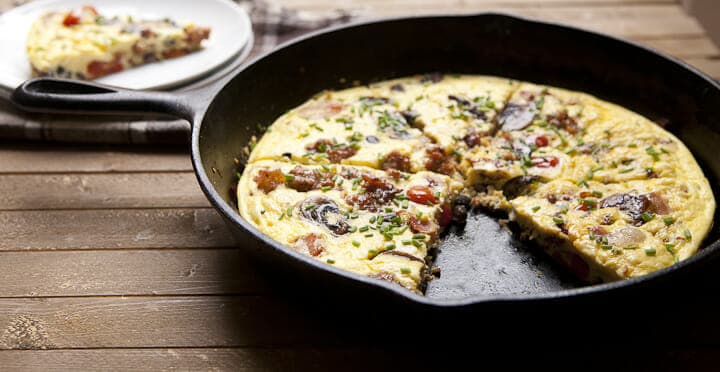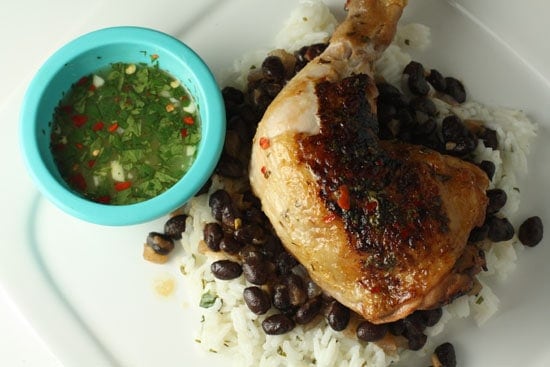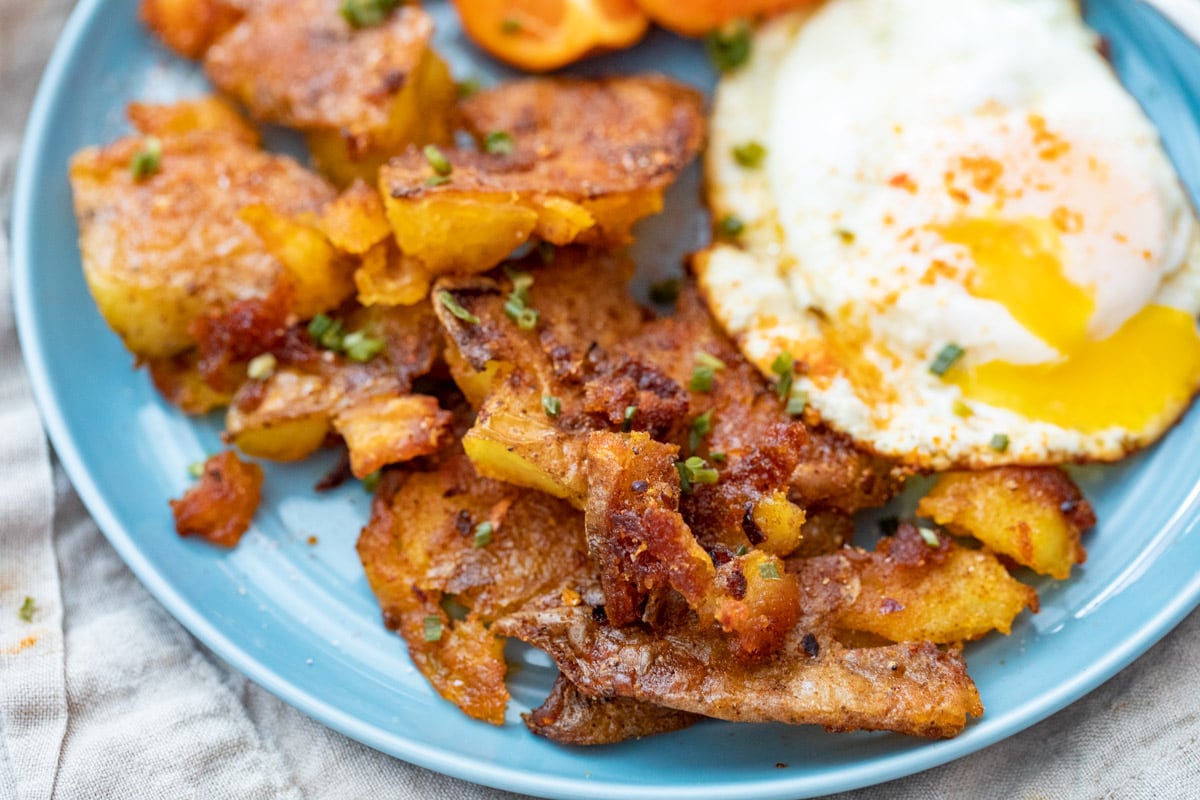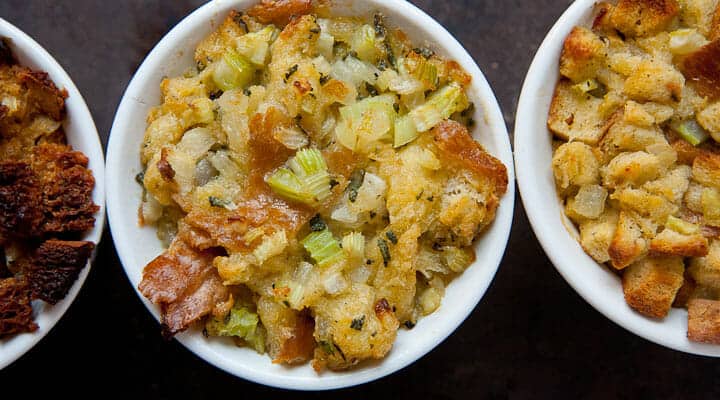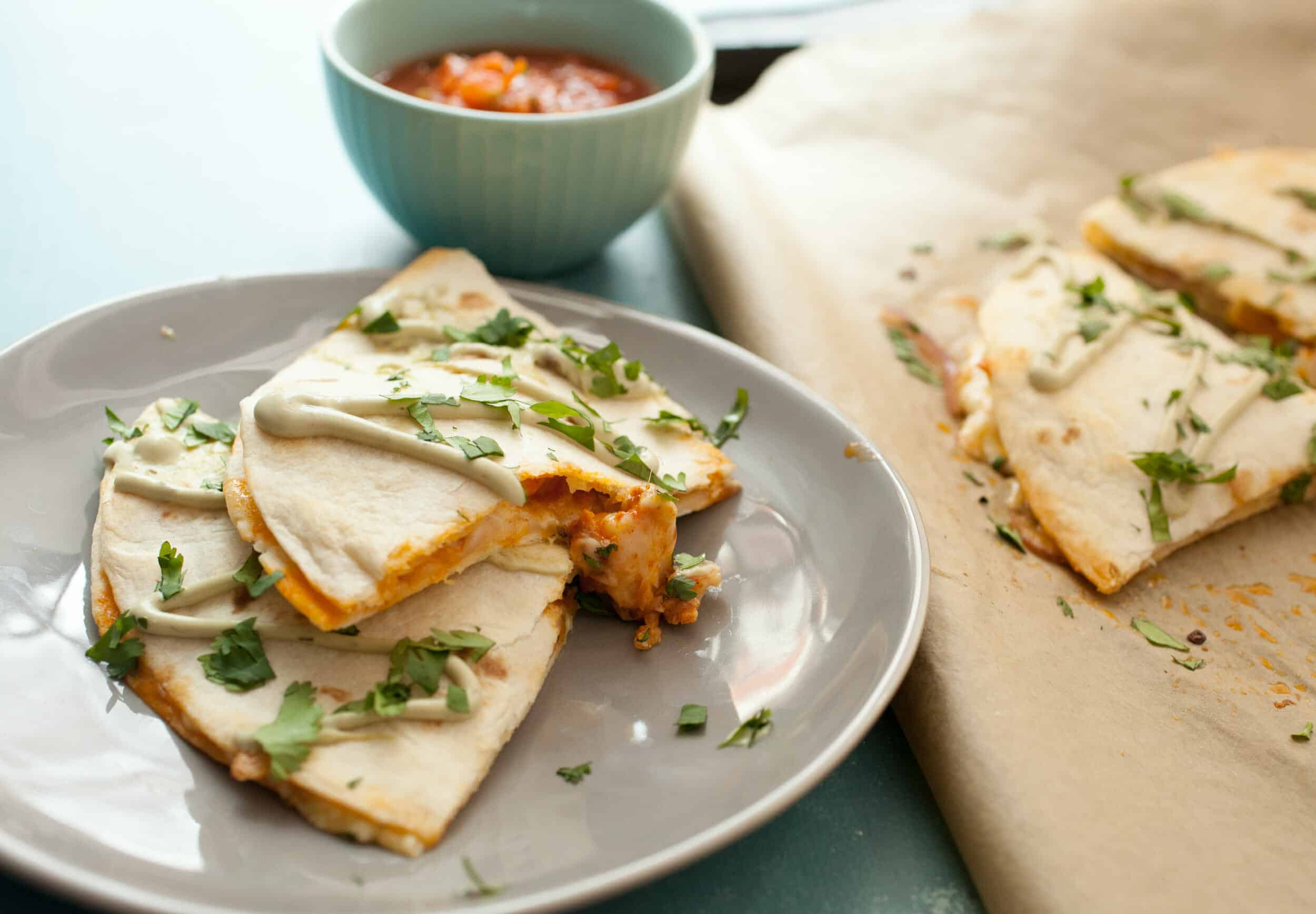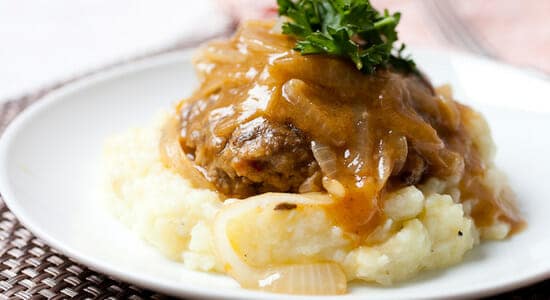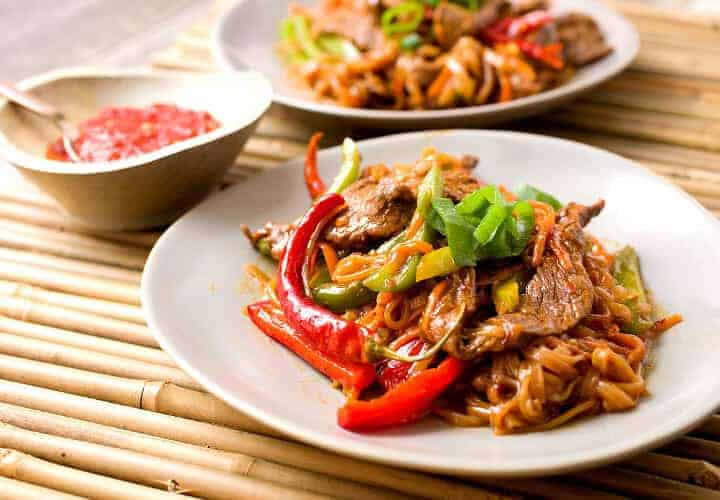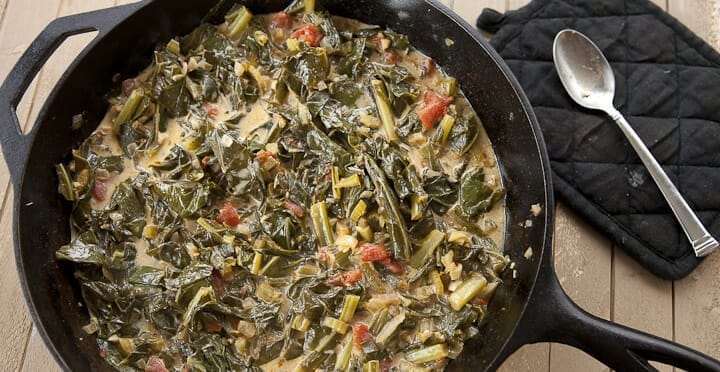Red Pepper Flakes: Important Facts, Health Benefits, and Recipes
Explore the health benefits, history, and culinary uses of red pepper flakes, and discover over 900 recipes featuring this versatile and spicy ingredient.
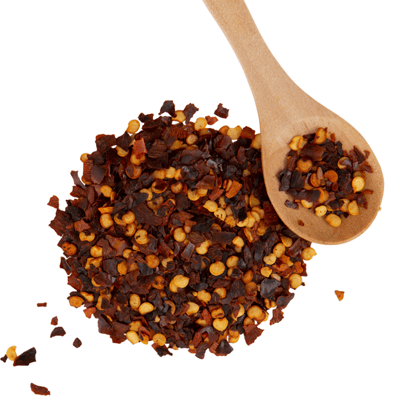
Nutritional Facts
1 cup
Amount per serving
Calories
119.9
Carbohydrates
25.8 g
Fat
2.1 g
Protein
3.9 g
Saturated Fat
0.3 g
Sodium
33.7 mg
Fiber
10.6 g
Sugar
15.2 g
Best Red Pepper Flakes Recipes
-
:max_bytes(150000):strip_icc()/__opt__aboutcom__coeus__resources__content_migration__serious_eats__seriouseats.com__recipes__images__2014__09__20140926-shrimp-scampi-vicky-wasik-0034-7a1c01e520cf489ea8e4d8424d22e6ee.jpg)
-
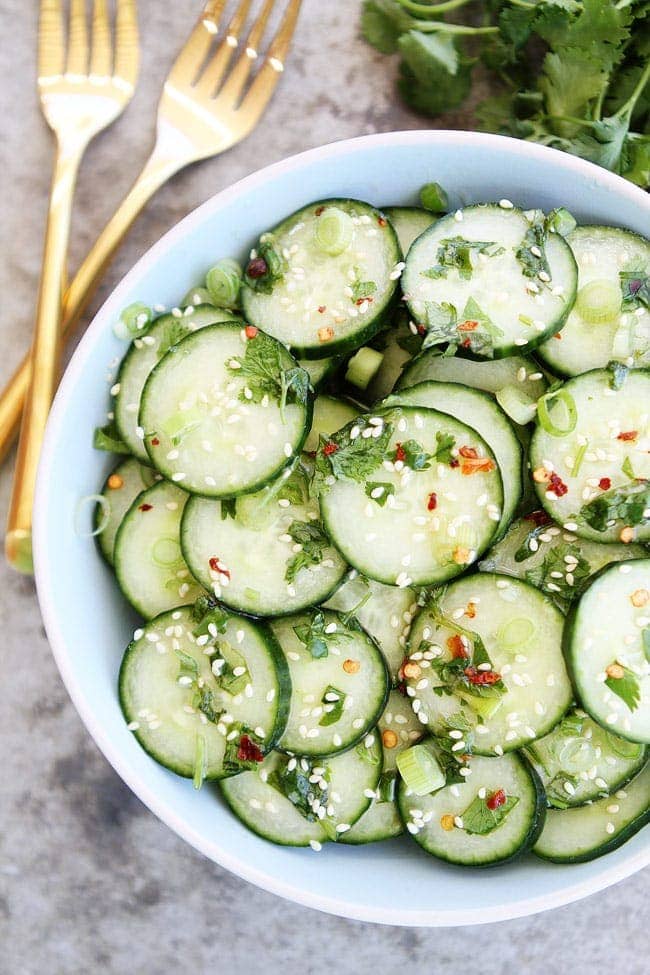
-
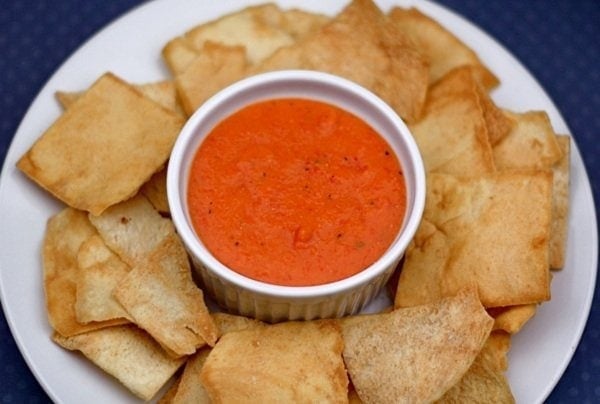
-
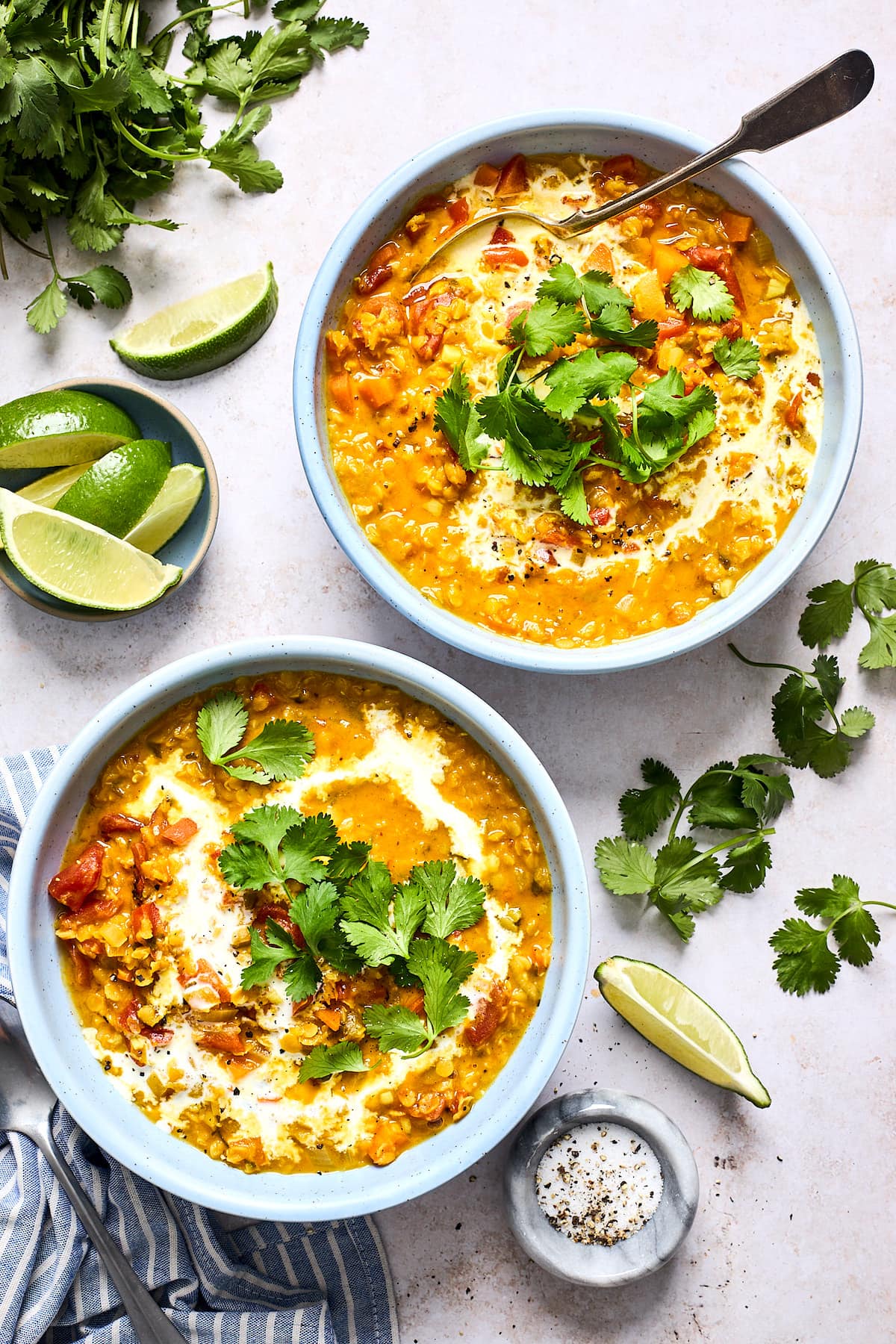
-
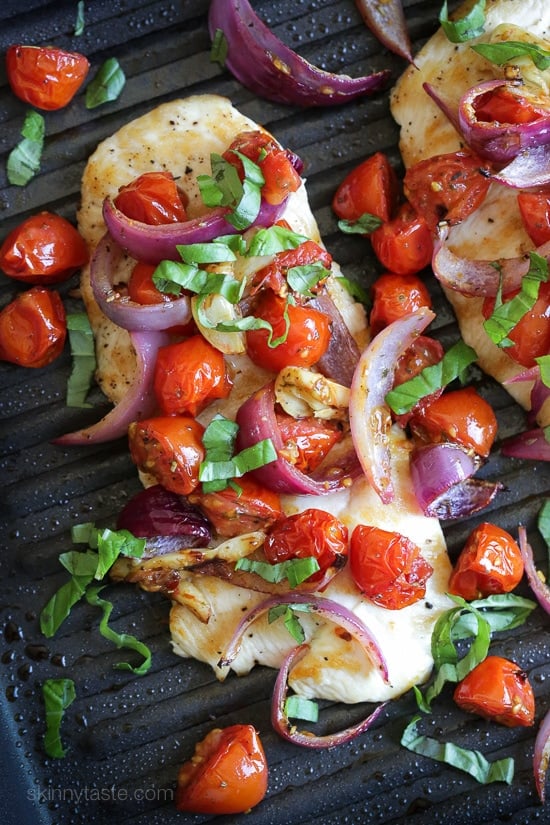
-

-

-
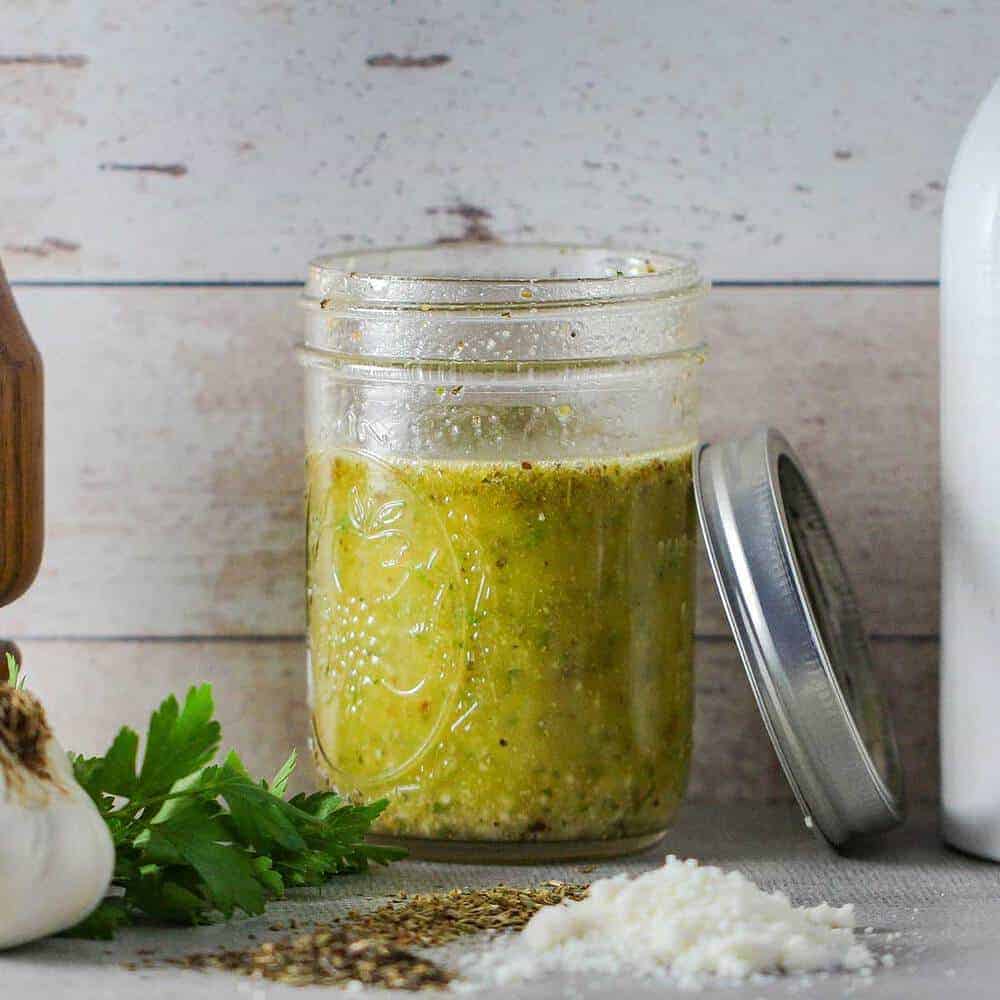
-
![10-Minute Thai Salad Image]()
-
![Thai Quinoa Salad Image]()
-
![Muhamara (Red Pepper Dip) + Video Image]()
-
![Italian Meatballs in a Red Pepper Tomato Sauce Image]()
-
![Deborah Madison's Cauliflower with Saffron, Pepper Flakes, Plenty of Parsley, and Pasta Image]()
-
![Dinner Tonight: Garlic Shrimp with Basil, Tomatoes, and Pepper Flakes Recipe Image]()
-
![Sautéed Broccoli Rabe With Garlic and Chili Flakes Recipe Image]()
-
![Easy Homemade Pickles Image]()
-
![Homemade Pickling Spice Image]()
-
![Homemade Vegan Kimchi Recipe Image]()
-
![Hawaiian Turkey Brine Recipe Image]()
-
![Eggplant Orzo Bake Image]()
-
![Stir-Fried Broccoli Image]()
-
![Creamed Spinach Breakfast Bowls Image]()
-
![Chancey's Crusties Image]()
-
![Chicken Mexican Skillet Image]()
-
![Steak Tostada Bites Image]()
-
![Homemade Corned Beef Image]()
-
![Potatoes Au Gratin Packets Image]()
-
![Traditional Mole Sauce Image]()
-
![Baked Ricotta Image]()
-
![Soba Noodles with Peanut Sauce Image]()
-
![Asian Chicken Noodle Salad Image]()
-
![Quick Carne Asada Image]()
-
![Argentine Chimichurri Image]()
-
![Spinach and Ricotta Vegetarian Meatballs Image]()
-
![Mashed Potato Gnocchi Image]()
-
![Broccoli Brown Rice Bowls Image]()
-
![The Nickrib Image]()
-
![Breakfast Bird's Nest Image]()
-
![English Breakfast Frittata Image]()
-
![Mojo Chicken Image]()
-
![Grilled Choripan Image]()
-
![Smashed Breakfast Potatoes Image]()
-
![Puff Pastry Frittata Image]()
-
![The Most Basic Homemade Dressing Image]()
-
![Spicy Shrimp Quesadillas Image]()
-
![Homemade Salisbury Steak Image]()
-
![Szechuan Beef Noodles Image]()
-
![Braised Collard Greens Image]()


:max_bytes(150000):strip_icc()/quick-thai-cucumber-salad-3217670-step-06-5c3f579ec9e77c000192c1a8-5a6f5e7355404015beaba887fbe1ab28.jpg)

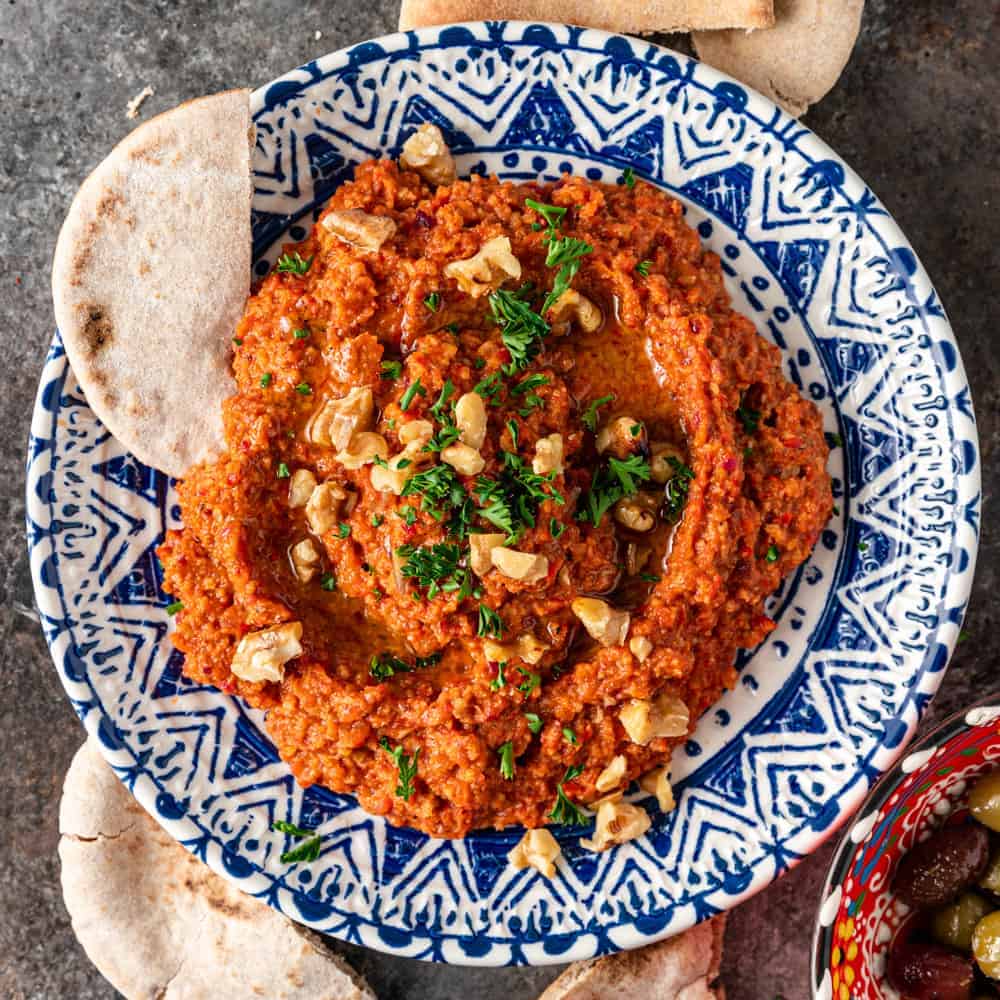
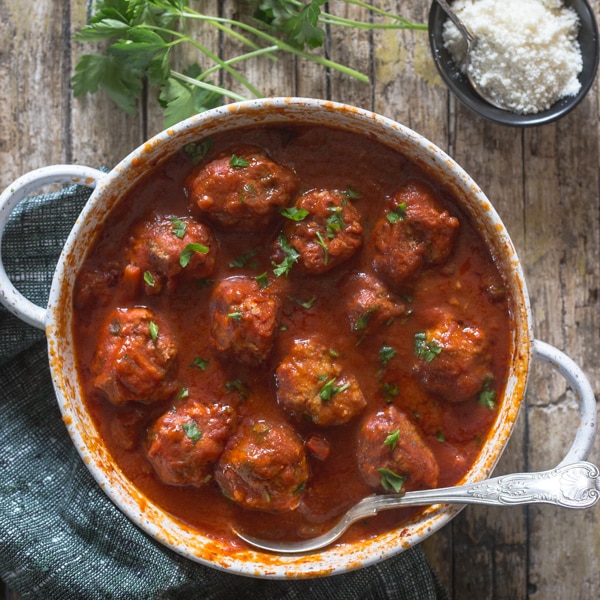
:max_bytes(150000):strip_icc()/__opt__aboutcom__coeus__resources__content_migration__serious_eats__seriouseats.com__recipes__images__2013__04__040913-247319-cook-the-book-cauliflower-with-pasta-parsley-saffron-5efaffa59a5e4170812163ff110b6ec5.jpg)
:max_bytes(150000):strip_icc()/__opt__aboutcom__coeus__resources__content_migration__serious_eats__seriouseats.com__recipes__images__20101228-130307-shrimp-with-garlic-chile-and-basil-fcf1abe410014398b718d0bb0b9dae75.jpg)
:max_bytes(150000):strip_icc()/__opt__aboutcom__coeus__resources__content_migration__serious_eats__seriouseats.com__recipes__images__2016__05__20160505-sauteed-broccoli-rabe-vicky-wasik-6-19c4c134ce8140c998009a34336d95bb.jpg)

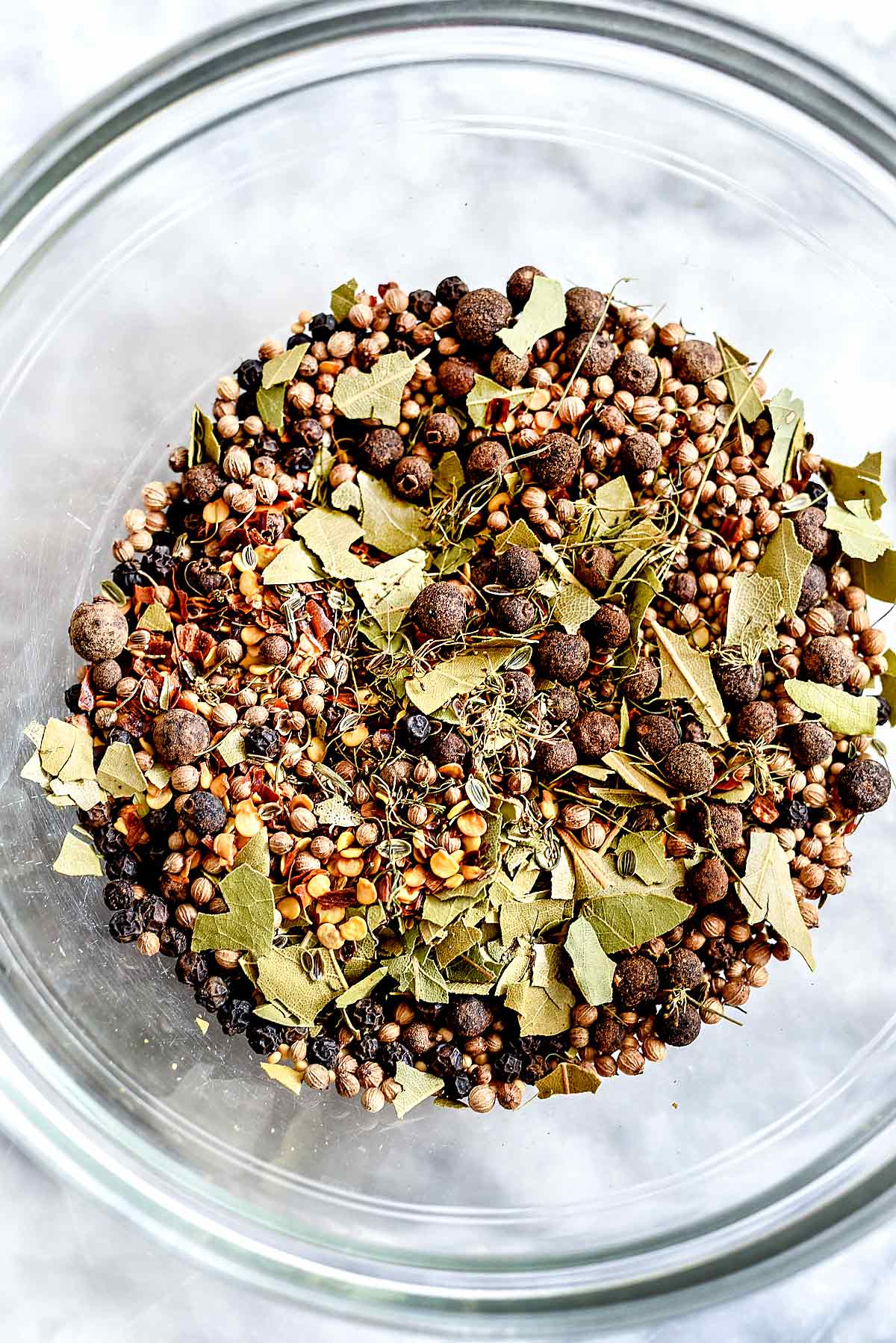
:max_bytes(150000):strip_icc()/__opt__aboutcom__coeus__resources__content_migration__serious_eats__seriouseats.com__recipes__images__2012__01__20120117-vegan-kimchi-9-e657785bcd53499bb9f5f5e6cabbb4fe.jpg)
:max_bytes(150000):strip_icc()/hawaiian-style-turkey-brine-333857-hero-01-ed3d6e09c4084b67914be8970661cae2.jpg)
